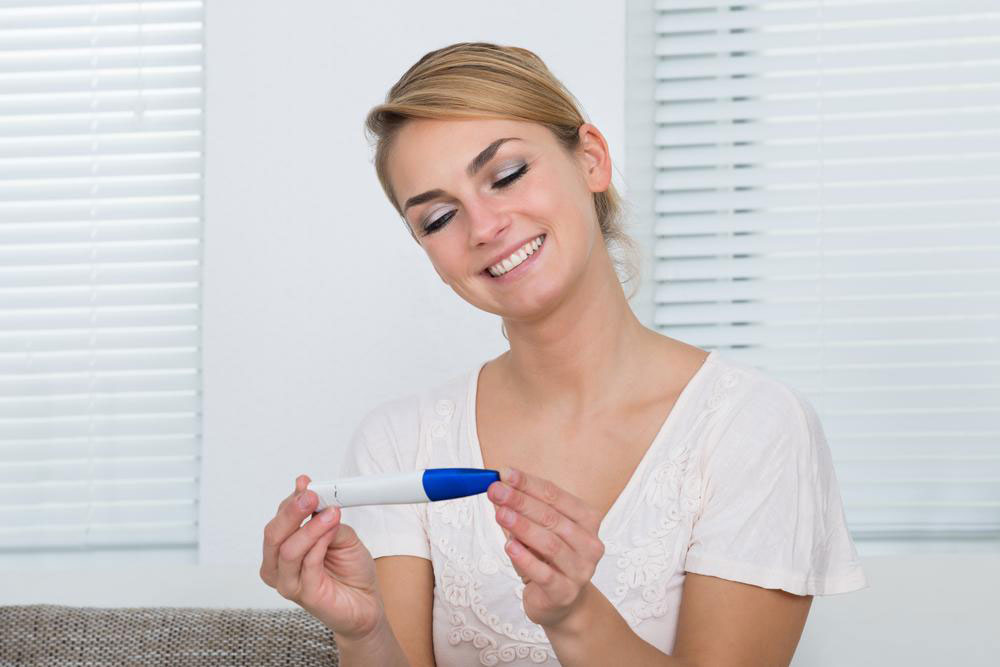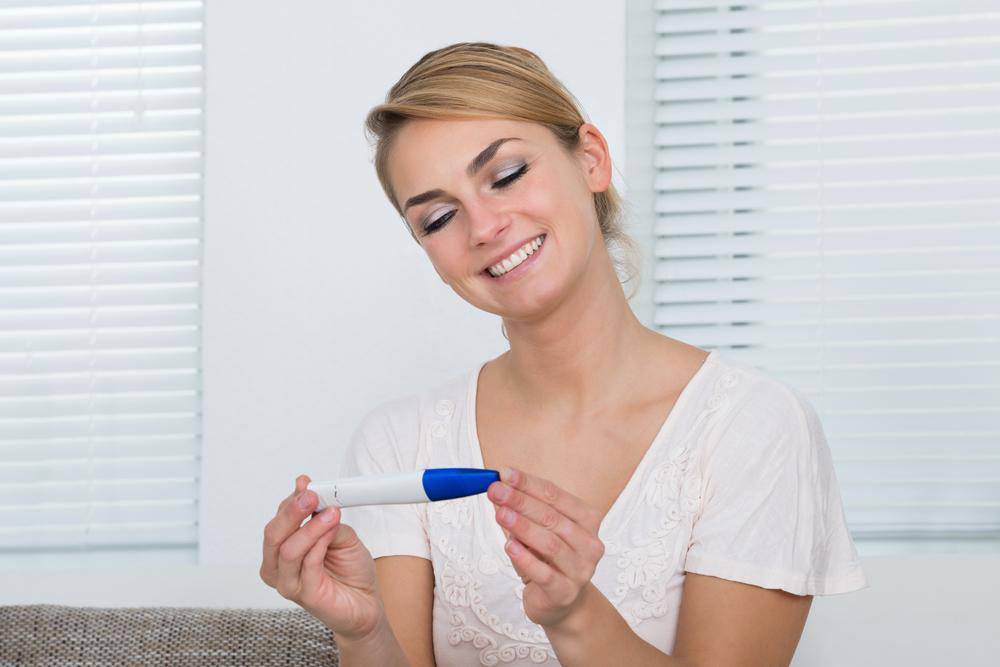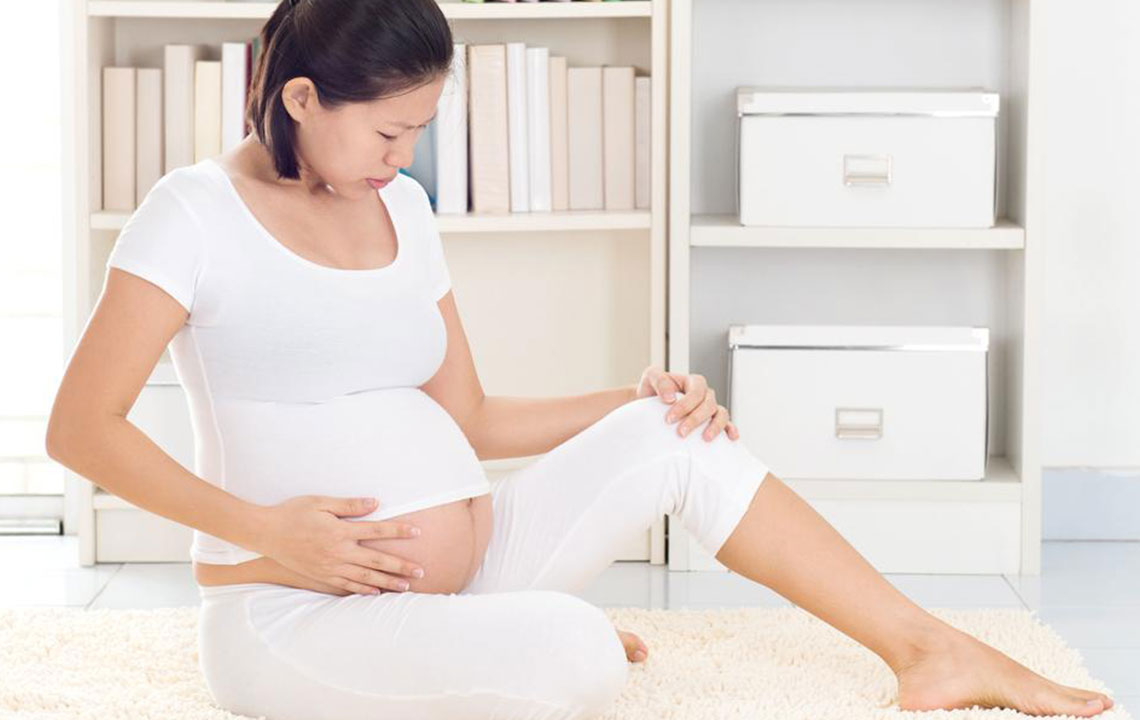Maximizing Your Chances: The Ultimate Guide to Timing Conception Successfully
Discover how to optimize your chances of conception by understanding your menstrual cycle, identifying the fertile window, and using effective tracking methods. This comprehensive guide provides tips and insights to help couples plan intercourse strategically for successful pregnancy. Learn about ovulation, sperm lifespan, and lifestyle factors that influence fertility, empowering you on your journey to parenthood.

Maximizing Your Chances: The Ultimate Guide to Timing Conception Successfully
Embarking on the journey to conceive a child is a deeply personal and exciting experience for many couples. While conception can happen quickly for some, others may face a more extended period of trying. Understanding the intricacies of the female reproductive system and the precise timing of ovulation can significantly enhance your chances of pregnancy. Approximately 80% of couples conceive within their first year of trying, but pinpointing the most fertile days during your menstrual cycle can improve those odds considerably. This comprehensive guide aims to provide detailed insights into the optimal timing for conception, how to track fertile windows, and tips to improve your chances of pregnancy.
At the core of conception lies the complex interplay between ovulation, sperm viability, and timing. The menstrual cycle prepares the body for pregnancy each month, beginning with menstruation—bleeding that lasts roughly 2 to 5 days. Following menstruation, the body initiates hormonal changes that lead to ovulation, which typically occurs around day 12 to 14 in a standard 28-day cycle. However, cycles can vary from woman to woman, making personal cycle tracking essential for precise planning.
Ovulation marks the peak of fertility, representing the most fertile window in the menstrual cycle. During ovulation, an ovary releases a mature egg, which then travels down the fallopian tube, ready to be fertilized by sperm. The window of fertility extends for about 1-2 days after ovulation because the egg survives for approximately 24-48 hours. Sperm, on the other hand, can live in the female reproductive tract for up to 7 days, which makes timing intercourse strategically critical. Having sex during this fertile period enhances the likelihood of sperm meeting the egg, increasing the chances of conception.
Understanding the critical phases of your cycle can empower you to optimize your conception efforts. To do so, tracking ovulation signs like basal body temperature, cervical mucus, and using ovulation predictor kits can help identify the precise fertile days. Basal body temperature tends to rise slightly after ovulation and remains elevated until the next period, serving as a reliable indicator of ovulation. Cervical mucus changes from clear and stretchy (fertile mucus) to drier or more viscous, providing additional clues about your fertile window. Ovulation predictor kits detect luteinizing hormone (LH) surges that precede ovulation by 24-36 hours, offering a practical tool for planning intercourse.
In addition to timing, maintaining a healthy lifestyle—such as balanced nutrition, regular exercise, avoiding smoking and excessive alcohol, and managing stress—can support reproductive health. Couples trying to conceive are advised to have regular, well-timed intercourse during the fertile window, ideally every 1-2 days, to maximize the chances of fertilization.
While understanding and tracking your cycle can significantly increase your chances of conception, patience remains essential. If you experience difficulty conceiving after one year of regular, unprotected intercourse (or after six months if over age 35), consulting a healthcare provider or fertility specialist is recommended. They can perform assessments, offer guidance, and suggest treatments if necessary.
In summary, knowing when to conceive involves understanding the menstrual cycle, identifying the fertile window, and maintaining a healthy lifestyle. By combining these strategies, couples can enhance their chances of experiencing pregnancy and starting the journey of parenthood with confidence.





